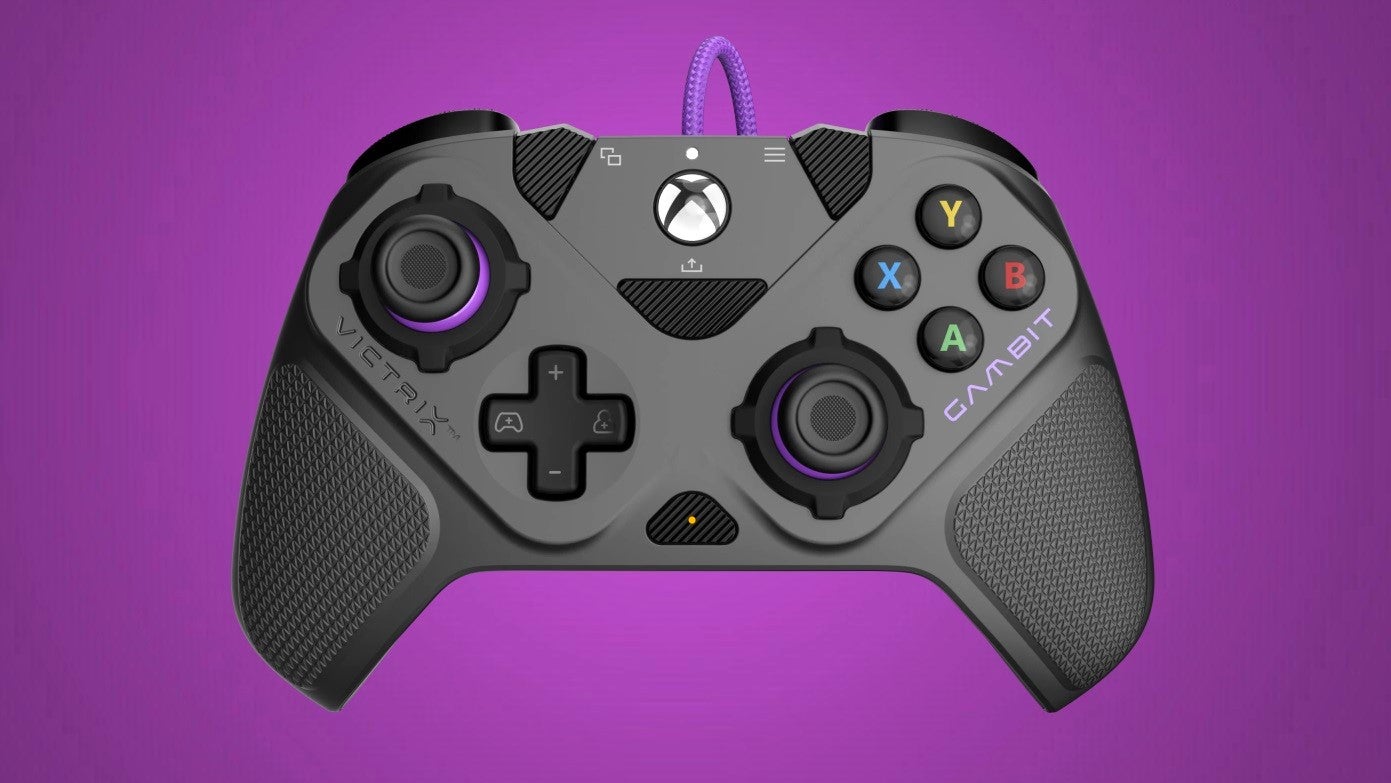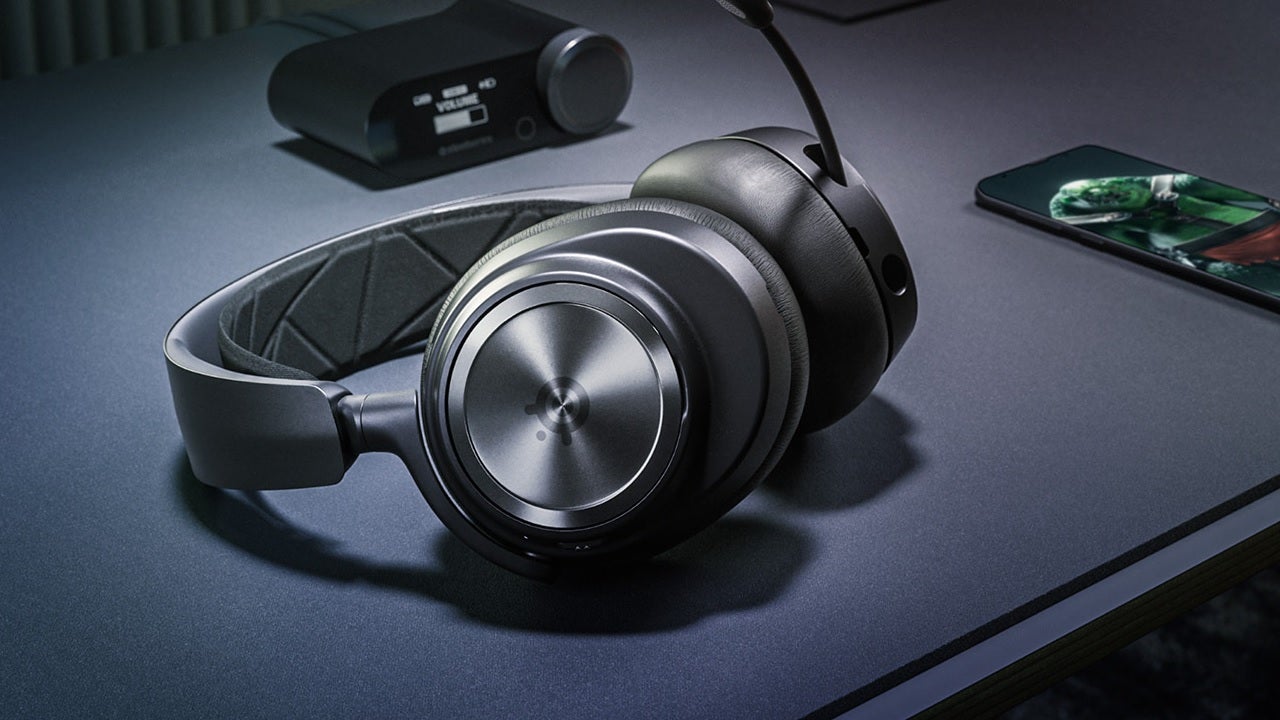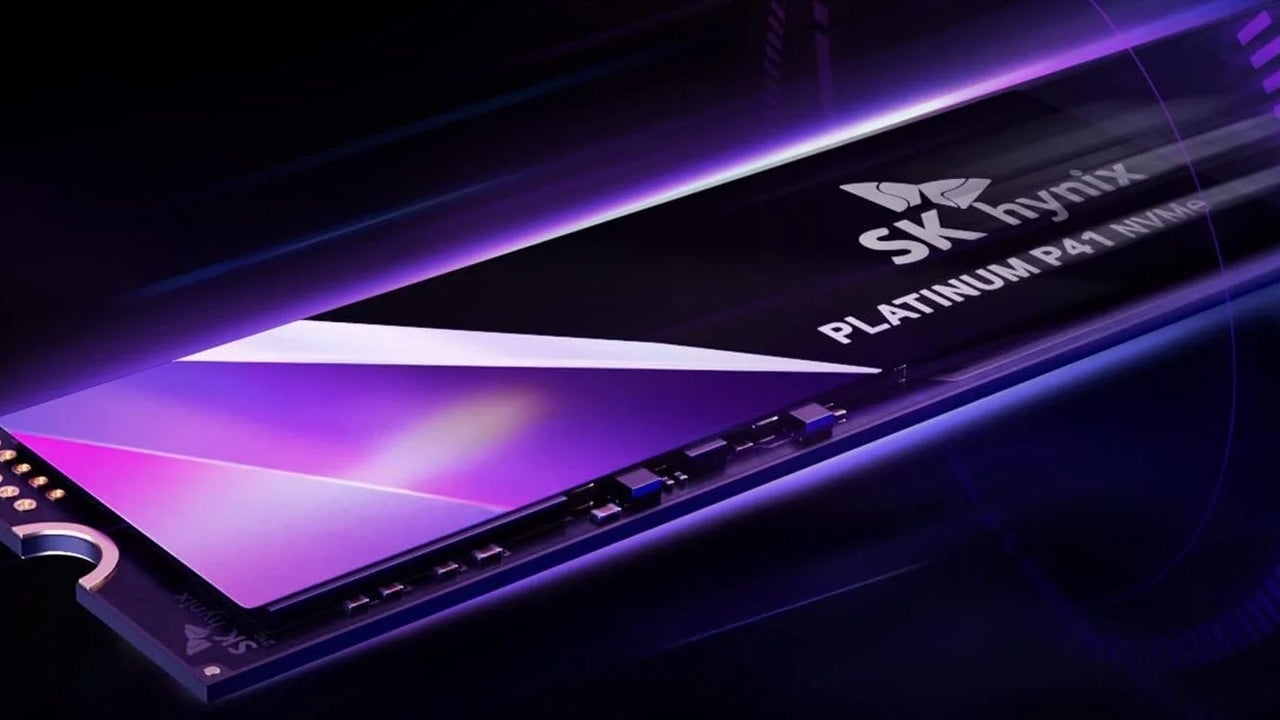The standard Xbox controller and DualSense are great controllers in their own right, and iterations over generations have led to them being fairly advanced gamepads. But when it comes to choosing the best controllers, there’s never really a one-size-fits-all solution, whether that be because of ergonomics, button feel, or additional features. And for competitive-minded players, brands like Scuf and Razer offer advantages with third-party controllers by tuning buttons, sticks, and triggers in specific ways or adding extras like programmable back paddles. Victrix also belongs in the conversation with its high-end gear – it tends to be quite pricey, but the Gambit Prime bucks the trend by being an affordable feature-rich wired controller. Although it doesn’t nail every aspect I expect out of a pro-style controller, it’s a worthy option for those who take multiplayer games quite seriously.
Victrix Gambit Prime – Design and Features
Aesthetically speaking, I wasn't necessarily a fan of the Gambit Prime’s look at first, but it’s not obnoxious so that it was an easy thing to get over once I started using it. The contours of the handles and the tactility of the grips made the controller feel comfortable and secure to hold immediately. And since it’s a wired-only controller, it’s much more lightweight than its wireless counterparts.
The triggers and bumpers have a nice angle that lets my fingers naturally rest over them and stay in place whenever I need to pull them. Optional trigger stops on the back of the controller let you adjust where left and right triggers bottom out, which comes in handy for actuating and releasing them faster. On paper, this gives you a slight edge by saving fractions of a second, but if anything, I just feel much more nimble in shooters where aiming down sights or tap-firing exist. However, the bumpers have an odd toy-like squishiness when pressing them down. While I don’t think it hindered my performance, every other controller I’ve used has a more satisfying feel to them.
You get a total of four programmable back buttons, which can be set to any other input on the controller. They’re typically mapped to actions from the face buttons so you can keep your thumb on the right stick to continually aim, and the ones on the Gambit Prime work well. The stock paddles let you access the four inputs (two on each side), and you can swap in an optional paddle that acts as two bigger back buttons in case you don’t need the extra inputs – the two-button paddle feels better to use since there’s more surface area to pull on the buttons themselves, which is the setup I prefer.
The face buttons work just fine, but don’t exactly have the premium feel I expect from a pro-style controller – they’re not better or worse than the regular Xbox controller, just different. A unique design of the Gambit Prime is how the View, Menu, and Capture buttons are situated; they’re bigger buttons with a tactile texture on them and are set in a triangular position as well. I find them easier to use since they’re larger and more intuitive to reach; not a critical feature, of course, but a nice perk nonetheless.
I’m of two minds when it comes to the analog sticks on the Gambit Prime. For one, I find them to be physically built better than the normal Xbox gamepad, giving you more surface area to place your thumb and being more stout for better control over movements. However, I find them to be a little too stiff to move off of their neutral position and out of their deadzones, which is a problem stock Xbox controllers don’t have. Smooth and consistent resistance is something I’ve really liked about pro-style controllers, and unfortunately, I didn’t find that here with the Gambit Prime. This doesn’t make it a bad controller, it’s just that those granular movements can make the difference when I’m trying to be very precise when aiming.
Especially when compared to the Xbox controller, the Gambit Prime’s D-pad is a clear upgrade. It has a firm yet cushioned feel when pressed, unlike the harsh clickiness of the regular D-pad. It also doesn’t have the sharp edges of the base controller’s, which makes it more comfortable to use. Before getting into Gambit Prime’s modular design, the diamond-shaped D-pad cover you can swap in is really nice – especially if you need easier eight-way movements in fighting games, it’s a great perk and can improve performance in those specific situations.
Again, keep in mind that this is strictly a wired controller (if you want to go tether-free, Victrix offers a more robust wireless gamepad in the Pro BFG). Of course, the disadvantage is having to be connected via a cable all the time, but you don’t have to worry about battery life, and at least on paper, you get better input response. Victrix touts a feature called Dual Core, which is a design that dedicates one onboard chip to the audio features available (like Dolby Atmos) via the 3.5mm jack on the controller, and the other to button inputs alone, which technically improves latency.
Victrix Gambit Prime – Software and Customization
Pro-style controllers often stake their claim on being modular, meaning they come with different parts you can easily swap in and out, catering to whatever preferences you may have. A standout for me was the aforementioned eight-way D-pad – you can just pluck out the stock D-pad by placing your finger underneath it and easily slot in the alternative. Changing the back paddles are also easy since they pop out with an eject button on the bottom of the controller.
For those deep into shooters on Xbox, the optional analog sticks might be an effective choice. The Gambit Prime comes with a taller concave stick that’s ideal for replacing the right stick – this gives you better leverage to make miniscule movements easier, which would help with precision aiming. You also get one normal-sized convex stick in case you prefer the grip and feel of that over the concave shape of standard sticks. It’s fairly easy to change these parts since you just need to remove the magnetic faceplate, pull out the stick, and pop in the new ones. You also get hexagonal-shaped rings you can put around the sticks, but I don't find them particularly useful.
On the software side of customization, the Victrix Control Hub is a pretty robust app that offers a lot more than just remapping buttons. Being able to adjust the finer details of the controller is impressive – from adjusting your exact trigger sensitivity and analog stick dead zones to configuring audio features like game/chat volume mix or even your EQ settings. It’s pretty easy to navigate and the app itself is fairly lean, unlike some more unwieldy software suites out there. These may not be make or break features, but I can appreciate this level of customization, especially for a pro-style controller meant for specific preferences.
Victrix Gambit Prime – Performance
In competitive gaming, the Gambit Prime performed admirably for the most part, which I expected from a pro-style controller from Victrix. I spent hours one night churning through matches in Call of Duty: Warzone and got back into Halo Infinite for a few days to get a good sense of the Gambit Prime’s advantages.
For me, it’s all about the back paddles with these kinds of controllers, and they’re a definite highlight of the Gambit Prime. I opted for the two-button attachment for the back paddles (one left, one right) since that made them easier to press down. Having reload and jump set to the paddles made Halo Infinite so much more enjoyable, and helped keep me on target in combat since I didn’t need to take my thumb off the right stick. Even if it didn’t give me a game-changing competitive advantage, it’s just a lot simpler to relegate those frequent actions to back paddles instead of constantly reaching for the face buttons. With Warzone, looting is a lot easier when you can just spam the back paddle to pick everything up – I also like having sprint set to the other back button since it’s more intuitive than constantly clicking in the left stick.
Having good back paddles offsets the somewhat disappointing face buttons – they’re not bad per se, but they do feel a bit toy-ish compared to other aftermarket controllers. I’d say they’re on par with the standard Xbox gamepad. And with that said, playing non-competitive games wasn’t an issue. For both Halo Infinite and Warzone on console, there’s a generous amount of aim assist, so the somewhat stiff sticks didn’t really create a problem until it was time to snipe. I found myself relying more on flicking the stick to get on target rather than carefully lining up shots, so that’s a compromise I just had to roll with.
The physical customization came in handy, though. I prefer fight sticks and leverless pads for my go-to fighting games – which tend to be anime fighters like Guilty Gear Strive – but putting the Gambit Prime through its paces showed me how solid the eight-way D-pad was. Quarter-circle movements and rapid directional inputs were so much more comfortable than the standard Xbox controller (which I would never suggest using for fighting games). Going back to shooters, the trigger stops were always helpful for speeding up ADS and getting successive shots off – they didn’t necessarily make me a better player, but as I said above, it lets me be quicker with my inputs.
I am more of a PC gamer and notice minute details in peripherals when it comes to mechanical switches on keyboards, polling rates on mice, or even positional audio on headsets. I didn’t experience a noticeable difference in terms of improved response compared to the standard Xbox controller (and there are other factors to account for like your monitor or TV response time), but there is that peace of mind that I was getting the fastest and most reliable inputs possible.








